Numberless word problems are math exercises that intentionally do not include numbers. They encourage students to understand the problem’s structure, context, and relationships before introducing numbers. This approach fosters deeper conceptual understanding and problem-solving skills, allowing students to think critically and gain confidence. These problems are a fabulous teaching tool for enhancing math fluency and promoting mathematical comprehension and problem-solving abilities. It’s a ridiculously simple, but WOW strategy for differentiating word problems…leaving blanks!
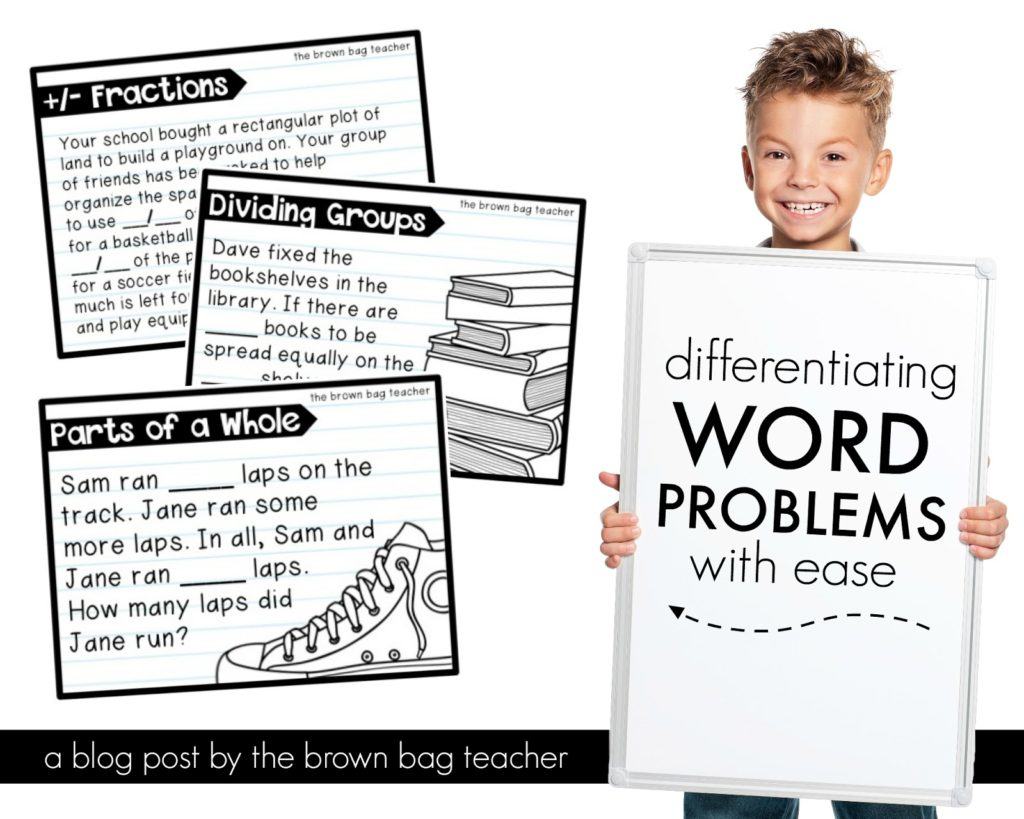 Numberless Word Problems
Numberless Word Problems
Below is a part/part/whole word problem. When I used this word problem in my classroom, I included numbers (I actually made this same problem with 3 different sets of numbers). I copied the right number of each number set and then, I placed the different levels (below, at, above) in colored folders for math centers). Students pull the problems out during Math by Myself and wrote about it in their math notebooks….it was A LOT of work. Worth it? Yes, because all my friends need a challenge…but still. Yesterday, I went back and replaced the numbers with blanks. Using this problem with blanks, allows me to see if my friends truly understand the idea of part, part, whole and if they can figure out numbers to make it workable.
Ways to Approach Choice in Numberless Word Problems
- Student Choice: allow students to choose the numbers that go in the blank. This offers 2 assessments in one. First, students have to know to choose the ‘right’ numbers to make the problem workable, and then, they have to have the skills to actually solve the problem.
- Teacher Choice: leaving blanks allows you to choose different numbers for different students. For friends who aren’t ready for choice or as you’re just introducing a concept, you might offer 3 sets of numbers on the board. From there you can let students choose their own set or ‘randomly’ assign certain numbers to groups of students.
Offering Boundaries
Why It Matters
Get Free Teaching Resources!
Join me for weekly classroom updates and free resources that are just-right for your guided math classroom!
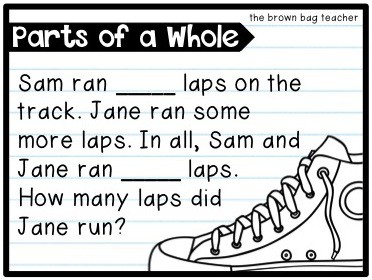
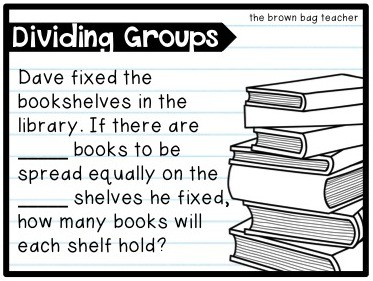
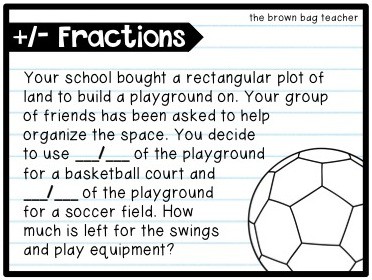
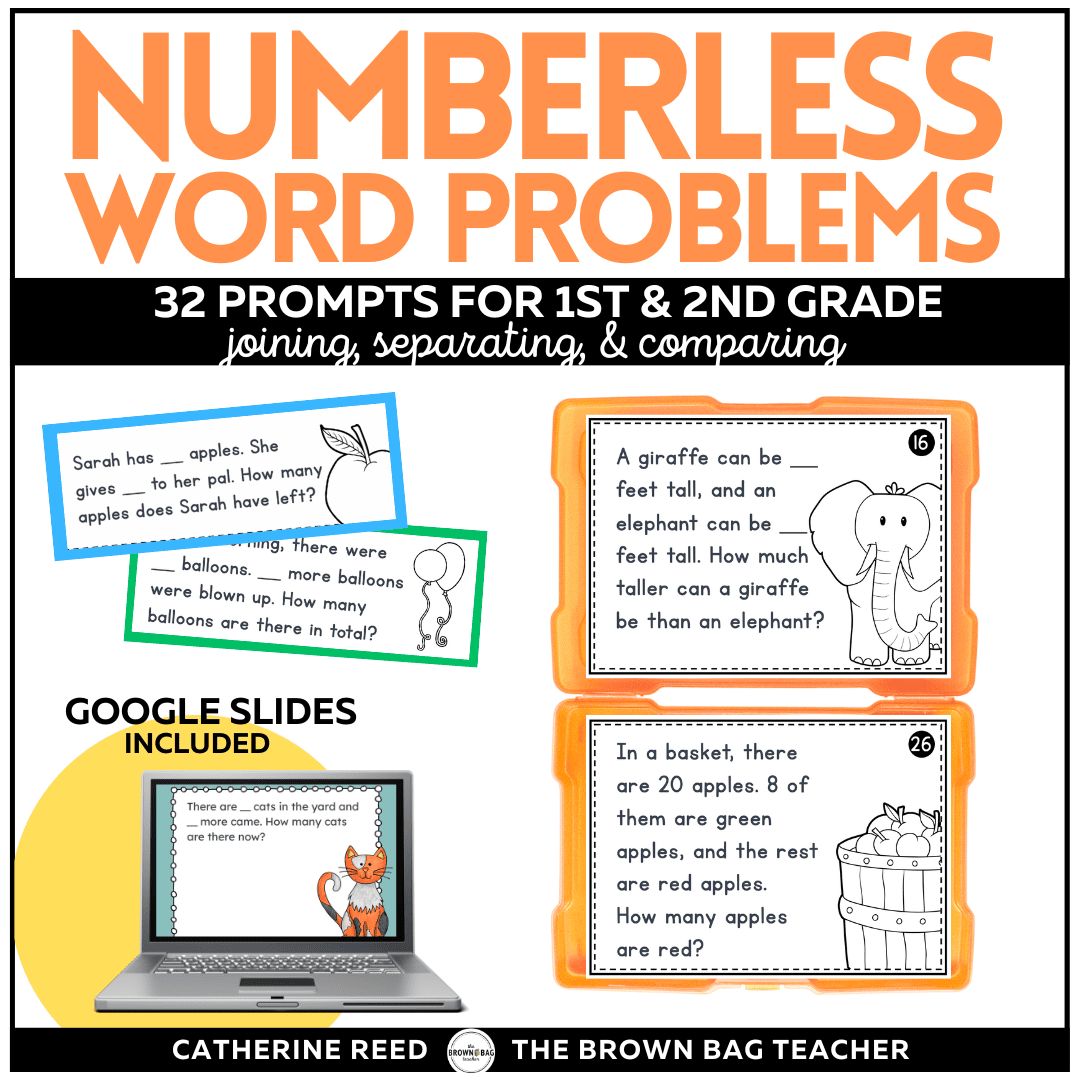
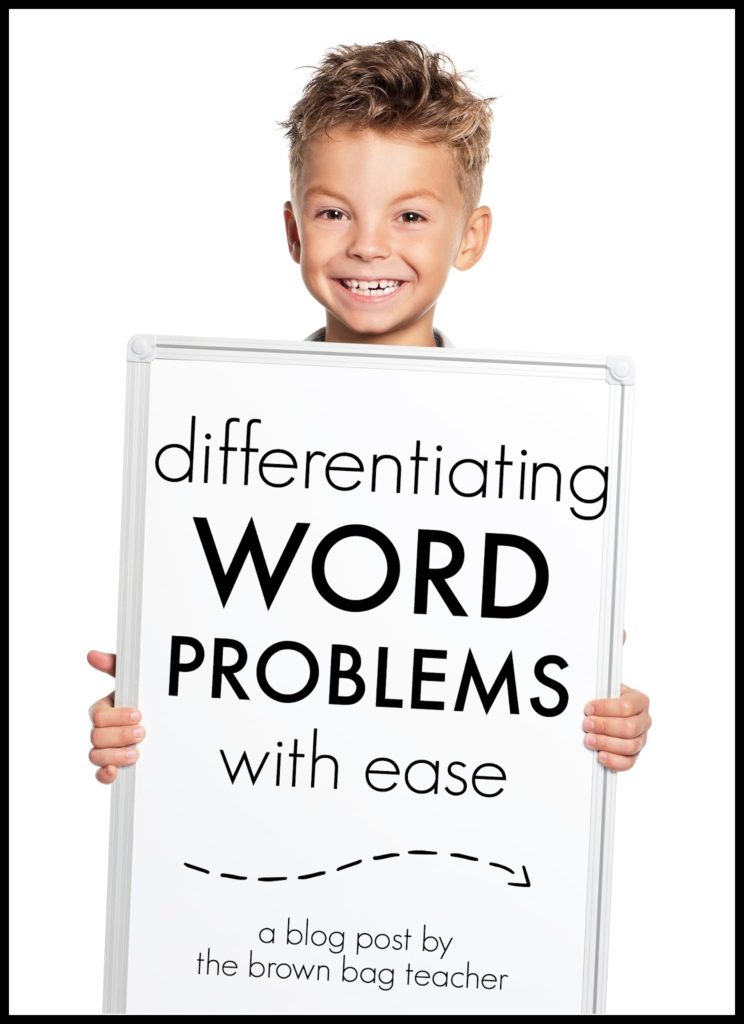

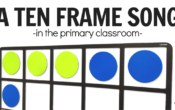
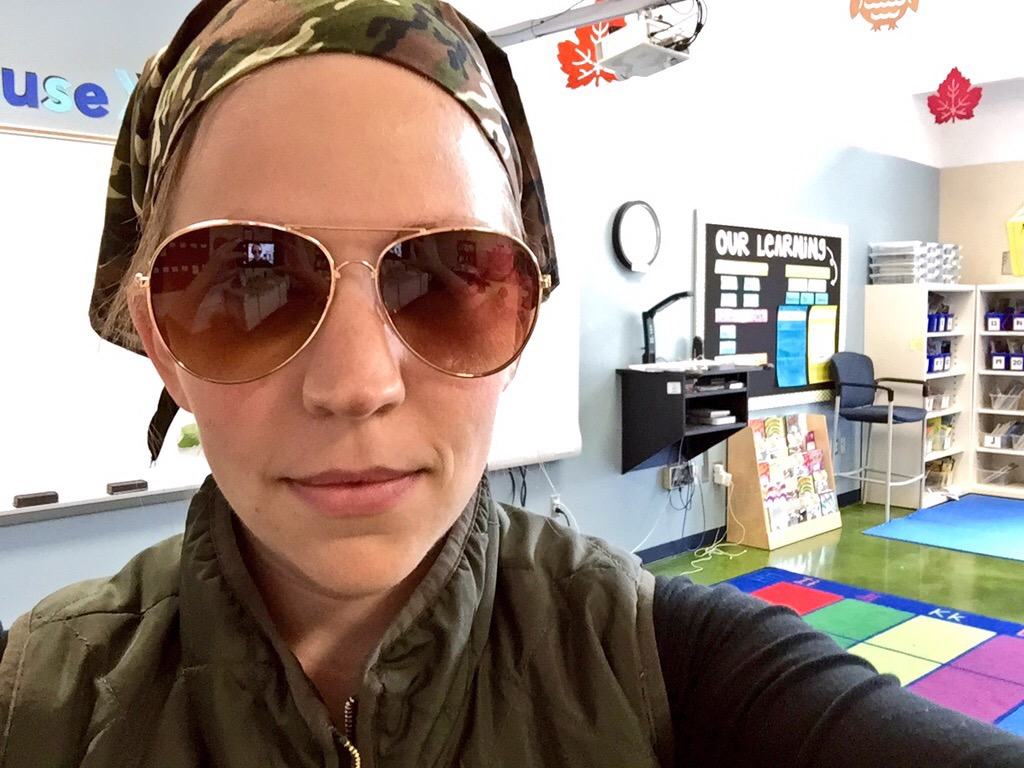
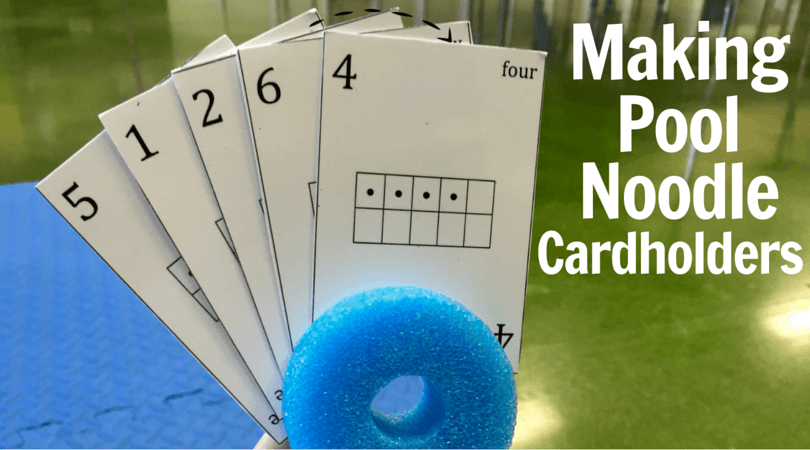
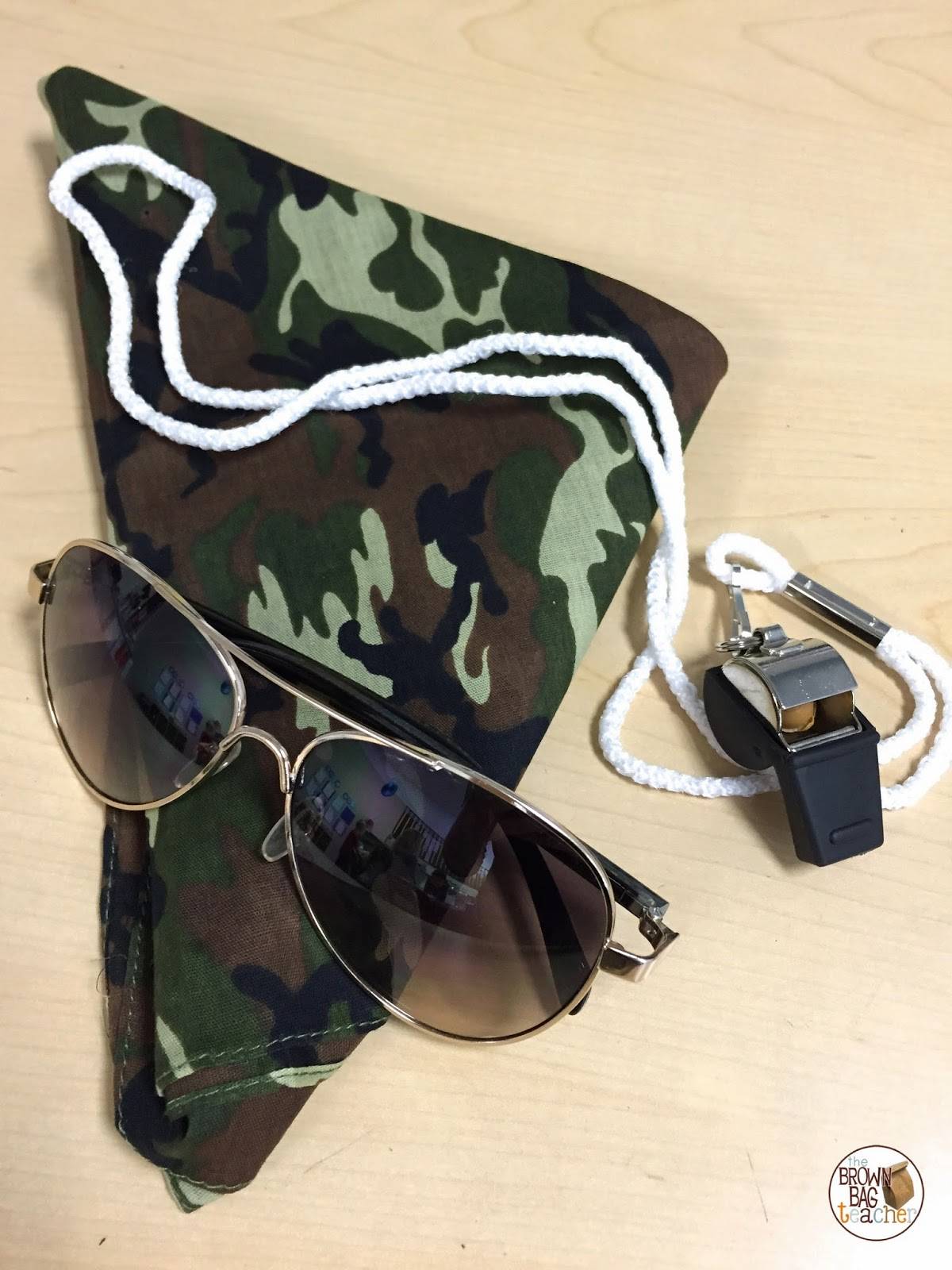
Hi Catherine! Have you ever heard of Cognitively Guided Instruction (CGI)? It has really changed the way I think about and teach math with my second graders. I typically offer three sets of number choices – below, on grade level, and above – and students choose. I have never thought of leaving the numbers blank. That really does add a whole new dimension to word problems and what students are able to do and are not quite ready to do yet. Below is the link to the book (a 2nd edition was recently released) on Amazon: http://www.amazon.com/gp/product/0325052875/ref=pd_lpo_sbs_dp_ss_1?pf_rd_p=1944687542&pf_rd_s=lpo-top-stripe-1&pf_rd_t=201&pf_rd_i=0325001375&pf_rd_m=ATVPDKIKX0DER&pf_rd_r=0H4MNA6HM67GEJ28EBJB
Lynn,
This is what I do with my math problems as well. I love CGI! I like the idea of leaving blanks though to mix it up.
Catherine–thanks so much for sharing this simple yet powerful idea!
I have never done anything like this before, but I can see what a powerful way it would be to teach. We do so many things with students that don't allow us to see their thinking. It would definitely be challenging for many students, but it would be a much more meaningful form of assessment. Thank you for sharing!
Julie
http://www.thehipteacher.blogspot.com
TheHipTeacher
Catherine, for Math By Myself, do they primarily work in their math notebook? And if so, do you sell the word problems that you use? I LOVE all of your resources and am planning on purchasing even more!